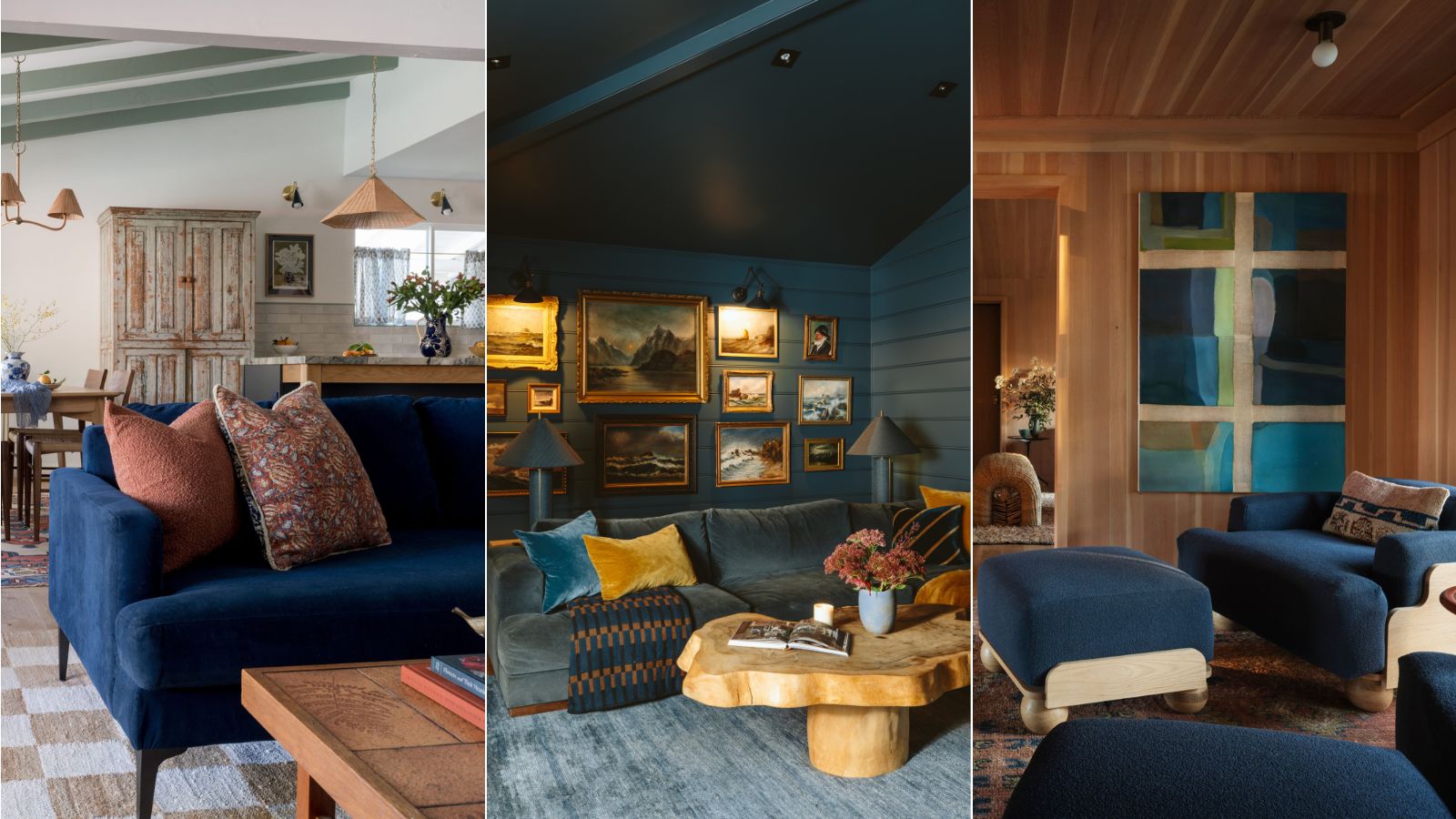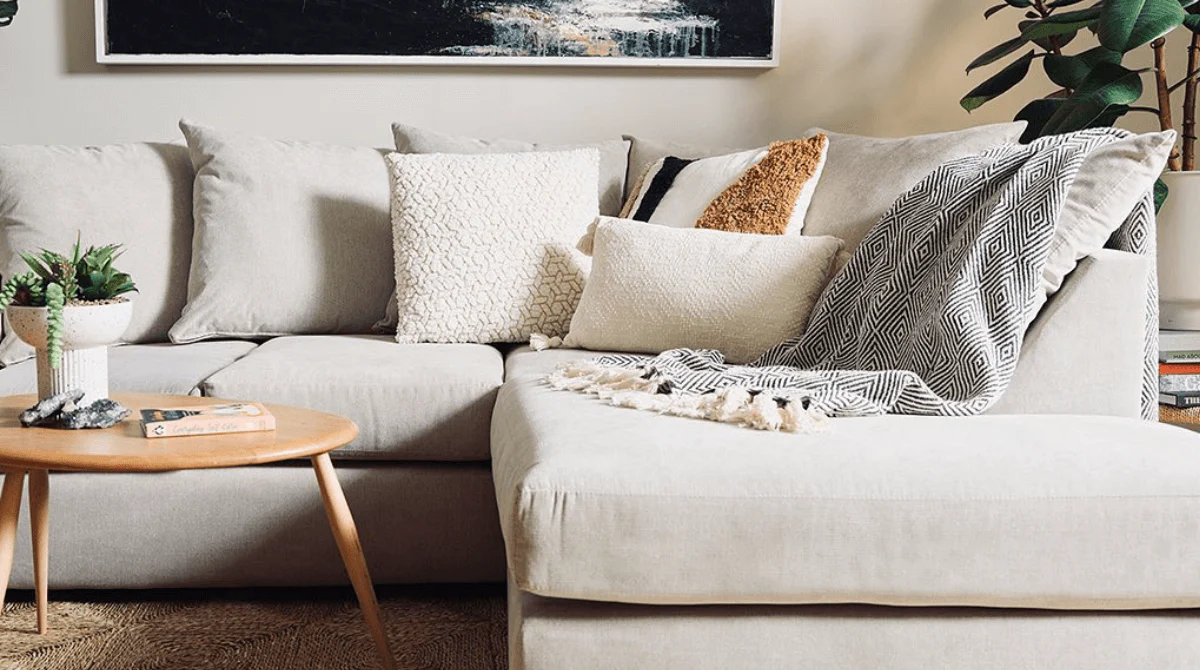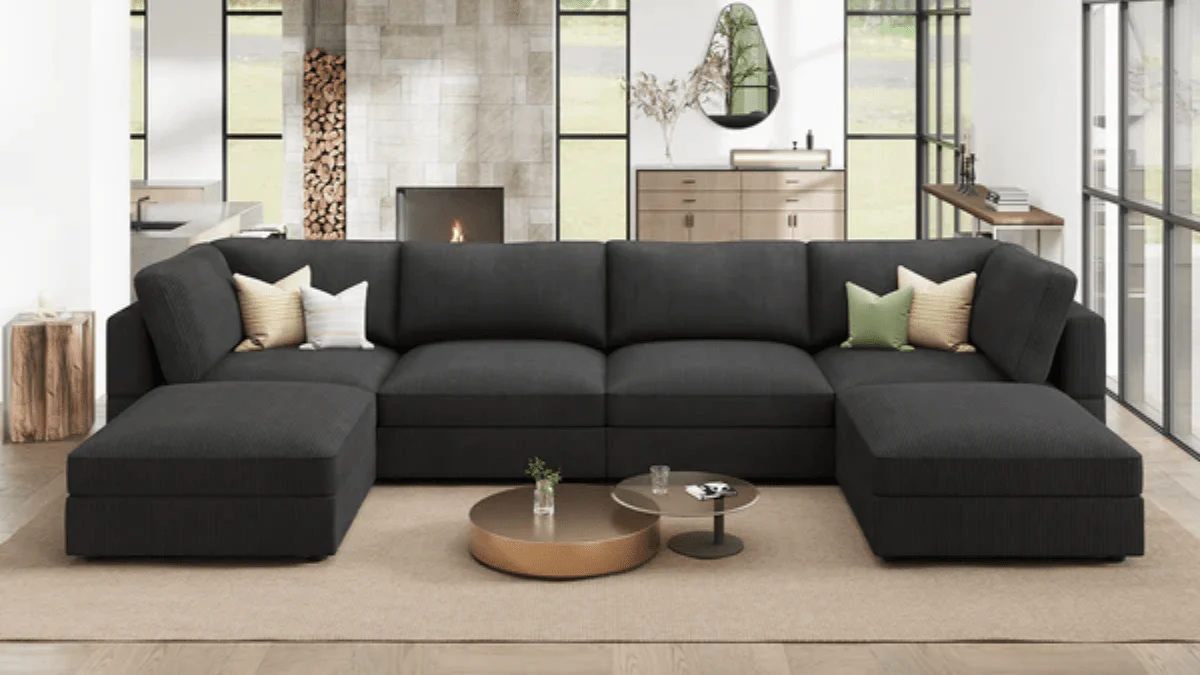Sofas are not just furniture; they are the centrepiece of your living room. They bring comfort, elegance, and personality to your home. But have you ever asked yourself: how are sofas made? This detailed guide walks you through every stage of the sofa manufacturing process in the UK, from design to delivery, using simple, easy-to-understand language. It also includes local SEO keywords relevant to the UK furniture market.
Table of Contents
- Introduction
- Sofa Design: The First Step
- Frame Construction
- Spring Systems and Webbing
- Foam and Padding Materials
- Fabric Selection
- Cutting and Stitching
- Upholstery Process
- Cushion Filling and Types
- Assembly and Finishing Touches
- Quality Control in the UK
- Eco-Friendly Sofa Manufacturing
- Common Sofa Styles in the UK
- FAQs: How Sofas Are Made
- Conclusion
1. Introduction
When searching for a quality sofa in the UK, it helps to know how sofas are made. From the first design sketch to the final stitch, a well-made sofa goes through many steps involving skilled labour, premium materials, and careful inspection. Understanding this process helps customers make informed decisions and also shows why certain sofas cost more than others.
2. Sofa Design: The First Step

Every sofa begins with an idea. British designers focus on both aesthetics and function. They sketch layouts, determine dimensions, choose fabrics, and make digital 3D models.
Key Considerations in Sofa Design:
- Comfort and ergonomics
- Space dimensions (especially important for UK flats and homes)
- Style: modern, traditional, Chesterfield, etc.
- Choice of fabric, legs, arm styles, and cushion firmness
Prototypes are usually created to check for comfort, design accuracy, and material durability.
3. Frame Construction

The sofa frame is the foundation. In the UK, high-quality sofas are often made with kiln-dried hardwoods like beech or birch.
Steps:
- Timber is cut using CNC machines or manual saws
- Frame joints are glued, screwed, and reinforced
- Additional corner blocks are added for durability
A solid frame ensures the sofa can last for 10–15 years or more.
4. Spring Systems and Webbing

Next, the spring system and support webbing are installed.
Common Spring Types:
- Serpentine springs – ideal for firm support
- Coil springs – luxurious, long-lasting, hand-tied for premium sofas
Elasticated webbing is added to distribute weight and add comfort. This is a crucial step in ensuring long-term seating support.
5. Foam and Padding Materials

Padding determines both comfort and shape. UK-made sofas often use foam certified to British safety standards.
Padding Materials:
- High-density foam – long-lasting support
- Fibre wrap – adds softness on top of foam
- Feather and down – luxurious but needs regular plumping
Each type has a different feel, which customers can test in-store or by ordering sample packs online.
6. Fabric Selection
Fabric plays a big role in how your sofa looks and feels.
Popular Sofa Fabrics in the UK:
- Velvet – soft, rich texture
- Linen – breathable and cool
- Chenille – soft and hard-wearing
- Leather – durable and stylish
British manufacturers usually buy from local mills or use imported luxury fabric, which is tested for abrasion resistance.
7. Cutting and Stitching

Once fabric is selected, it’s time to cut and stitch.
Process:
- Fabric is cut using templates to maintain accuracy
- Pattern matching is crucial, especially with stripes or florals
- Seam strength is double-checked to prevent tears over time
Skilled machinists sew the fabric pieces to make cushion covers and upholstery panels.
8. Upholstery Process

This is where the sofa starts to come together.
Upholstery Steps:
- Padding and fabric are stapled or tacked to the frame
- Arms, backs, and base are upholstered first
- Buttons, piping, or tufting are added if part of the design
In traditional styles like Chesterfields, buttons are hand-stitched. Upholstery is an art, especially in handmade sofas.
9. Cushion Filling and Types

Cushions are what you’ll sit on every day, so they need to be just right.
Types:
- Foam-filled cushions – firm, low-maintenance
- Feather-filled cushions – plush, luxurious feel
- Fibre-filled cushions – medium softness, budget-friendly
Covers are often removable and washable, which is especially helpful for UK families with children or pets.
10. Assembly and Finishing Touches

Final touches complete the sofa.
Tasks Include:
- Adding sofa legs or feet (often wooden or metal)
- Attaching decorative trims or studs
- Steaming the fabric to remove creases
- Installing removable arms or backs for delivery into tight spaces
After this, the sofa is prepared for packaging.
11. Quality Control in the UK

UK-made sofas are held to high standards.
Inspection Includes:
- Checking dimensions and firmness
- Stitch accuracy
- Fire safety compliance (British Standard BS 5852)
- Weight and stress testing
Each sofa receives a final approval before being dispatched.
12. Eco-Friendly Sofa Manufacturing

Sustainability is becoming more important in the UK furniture industry.
Green Practices:
- Using FSC-certified wood
- Water-based adhesives
- Recycled fibre or foam
- Minimal packaging and local deliveries to reduce carbon footprint
Some brands even offer sofa recycling or trade-in programmes.
13. Common Sofa Styles in the UK

Here are some of the most popular sofa styles found in UK homes:
- Corner Sofas – Ideal for families and open-plan living
- Recliner Sofas – Great for comfort lovers
- Chesterfield Sofas – Timeless British elegance
- Sofa Beds – Perfect for small flats or guest rooms
- Modular Sofas – Flexible and reconfigurable
When buying, British customers often look for a combination of style, quality, and practicality.
Introduction of the Recliner
The first reclining armchair was introduced by the lazy boy company in 1928. today many companies make motion furniture as the industry calls it and the term recliner no longer refers to just armchairs you can buy reclining couches and even reclining stools only joking this factory makes reclining chairs and couches in both fabric and leather the furniture construction is the same regardless of the material however leather upholstery requires a few extra steps
Leather Preparation and Cutting Process
the process begins by inspecting the hide marking serious defects with one colour of tape and minor imperfections with another a computer program cutting machine scans and registers the tape markings then automatically cuts and discards the defective parts it cuts pieces for hidden areas such as the undersides of seat cushions from the imperfect leather and visible parts from the flawless hide
Sewing and Filling
once all the pieces are cut workers sew together the back seat and arms then they stuff the arms and back they position the open end against a blowing machine that fills it with polyester fiber workers weigh each part before and after filling this ensures they’ve blown in the right amount of fiber and also that both arms have equal filling next the seats are filled with foam a compression machine squeezes it then a worker sprays on silicon lubricant this enables the seat cover to slide on easily foam is made of a chemical mixture the formulation of which determines the density the higher the density the higher the quality
Frame Construction
elsewhere in the factory workers cut the frame components from plywood using a computer guided bandsaw these long pieces will form the seat frame a three seater couch has three separate frames enabling each seat to recline individually a machine lines one side of each piece with steel spring clips a worker then dabs the ends in glue and assembles the pieces reinforcing them with long glue coated staples
Spring Installation
to spring the seats workers hook five thick steel springs into the spring clips then hammer the clips closed to lock the springs in place they connect the springs with a plastic covered wire so that when you sit on the seat all the springs react in unison
Armrest Construction and Upholstery
the frame pieces for the arm are assembled using glue and glue coated staples again plus a few screws at strategic points workers screw the arm to the seat and begin a pulse strength first a layer of felt to cushion the springs then wood cardboard and foam to form the rounded shape of the armrest after lubricating with silicon spray they slip on the leather and staple it into place and oppose to the backrest and sides in the same manner
Mechanism Installation and Final Assembly
the reclining mechanism arrives at the factory with the sides pre-assembled workers install the connecting pieces a bushing that reduces the noise the mechanism makes and finally a spring to control the recline speed they screw the mechanism to the seat frame then hook up the operating handle and test it out to cover the back of the furniture metal tacking strips are attached to the leather then edged under tacks are punched into the frame using a pneumatic hammer the last step is to fix the back to the seat there’s a detachable flap at the bottom providing access to a locking spring inside that allows for removal from tight spaces
Final Inspection
at this factory workers are encouraged to lie down on the job but only to inspect the furniture after examining the fabric and sewing they assess the comfort and test the reclining motion nice work if you can get it you
14. FAQs: How Sofas Are Made
Q: How long does it take to make a sofa in the UK?
A: Depending on complexity and customisation, it can take 2 to 6 weeks.
Q: Can I customise my sofa fabric and size?
A: Yes, most UK brands offer made-to-order options.
Q: What safety standards do UK sofas follow?
A: BS 5852 fire safety regulations.
Q: Why are handmade sofas more expensive?
A: They require skilled labour, higher-quality materials, and longer production times.
15. Conclusion
Now you know exactly how sofas are made—from wooden frames to soft cushions. Every stage involves skill, time, and care, especially in UK-based manufacturing. Whether you’re shopping for a corner sofa in London or a classic Chesterfield in Manchester, this guide helps you understand what goes into making a quality piece of furniture. Choose wisely, and enjoy your sofa for years to come.





